Results 9,071 to 9,080 of 12096
Thread: Anandtech News
-
01-17-19, 08:05 AM #9071
Anandtech: TSMC: 7nm Now Biggest Share of Revenue
As process node technology gets ever more complex, it costs big dollars to develop and then building chips on the process is also a very costly process. The big foundries often have many process nodes running in parallel across a wide range of price brackets in order to both diversify the revenue streams but also offer multiple competitive options for the market. The latest numbers out of TSMC are stating that in Q4, the revenue generated from their leading edge 7nm node family now takes the biggest percentage of revenue for the company.
More...
-
01-17-19, 08:05 AM #9072
Anandtech: The Microsoft Surface Go LTE Review: Unmatched Mobility
Microsoft’s Surface Pro lineup has been a design win for the company for several years now. The Surface Go was launched in July of 2018 as a lower-cost version of the Surface Pro, offering buyers a less expensive way to become a Surface customer, and by the nature of its smaller size compared to the Surface Pro, an even more portable convertible Surface tablet. When the device was initially announced, a model with LTE connectivity was also in the works, and the Surface Go LTE arrived in November 2018.
More...
-
01-17-19, 11:49 AM #9073
Anandtech: CES 2019: GIGABYTE’s High-Performance Aorus PCIe and M.2 SSDs
Last year when GIGABYTE introduced its first SSDs, the company took a cautious approach only released entry-level drives. At this year’s CES the company finally unveiled its high-performance SSDs aimed at high-end PCs, which like other high-end GIGABYTE parts will be sold under the Aorus brand. Traditional and typical for GIGABYTE, the drives are based on controllers and reference designs developed by Phison.
GIGABYTE’s Aorus family of SSDs will include 512 GB and 1 TB models in both PCIe add-in-card and M.2 module form-factors. The AIC drives feature a large radiator to ensure consistent performance as well as programmable RGB LEDs. Meanwhile, the M.2 modules also come with a heat spreader featuring an RGB-lit golden eagle logo.
The new SSDs will be based on the Phison PS5012-E12 NVMe 1.3-supporting controller that has eight NAND channels with 32 CE targets, a DDR4/DDR3L interface for DRAM caching, and a PCIe 3.0 x4 interface. Like most contemporary Phison-powered drives, the Aorus SSDs will use Toshiba’s 3D TLC NAND flash memory. The drives will also come with a 512 MB DRAM buffer, with GIGABYTE using the same buffer size for both capacities.
When it comes to performance, GIGABYTE says that its Aorus SSDs will offer up to 3480 MB/s sequential read speeds, up to 2100/3150 MB/s sequential write speeds (512 GB/1 TB versions, respectively), as well as up to 610K/530K random read/write IOPS. As for power consumption, it is not going to exceed 2.2 W, the manufacturer says. Finally, for endurance, the drives are going to be rated for 1.8 million hours MTBF as well as up to 800 TBW (terabytes to be written).
GIGABYTE’s Aorus SSDs will hit the market in the near future, but the company has not yet disclosed the exact timeframes or MSRPs.
Related Reading:
- GIGABYTE Launches M.2 PCIe SSDs: Phison PS5008-E8T, Up to 512 GB
- Phison: PS5012-E12 Controller in Mass Production, 20+ SSDs Incoming
- The Phison E12 Reference Design Preview: A Next-Gen NVMe SSD Controller
- CES 2019: GIGABYTE Aorus RGB Memory Hits DDR4-4000 with SK Hynix ICs
- Corsair Launches Force Series MP510 NVMe SSD
Source: GIGABYTE
More...
-
01-17-19, 12:49 PM #9074
Anandtech: CES 2019: $900 InWin 928 Chassis for Intel's 28-Core Xeon W-3175X
The emerging category of extreme workstations has brought with it a new market for larger PC cases better suited for housing this high-end equipment. To that end, at CES this year InWin demonstrated its new 928 chassis, which is specifically designed for machines using Intel’s Xeon W-3175X processors. The PC case can accommodate an Extended-ATX motherboard, two PSUs, and a sophisticated cooling system. And with a price tag of $900 – almost a complete mid-range PC –- it's distinctly priced to go with Intel's high-cost 28-core processor.
Like other modern high-end chassis, the InWin 928 'SuperTower' case has side-by-side compartments to separate airflow. It features windows made of tempered glass to allow everyone to see the hardware inside inside. One of the chambers houses the system’s motherboard (e.g., the ASUS ROG Dominus Extreme) with CPU (e.g., the Intel Xeon W-3175X), up to two graphics cards (up to 480 mm length), and various storage devices. Meanwhile the other compartment holds up to two high-wattage PSUs, which given the kind of heat those can produce, makes a lot of sense for why InWin would want to place them into a separate chamber.
When it comes to storage, the PC case can support up to two 3.5-inch HDDs as well as up to six 2.5-inch drives, which is somewhat unusually HDD-lite for a workstation. Meanwhile, following the latest trends, the InWin 928 does not support ODDs, so no Blu-ray movies for owners of Intel Xeon W-3175X-based workstations. Meanwhile, the InWin 928 has a USB 3.1 Type-C port, two USB 3.0 Type-A ports, and the usual audio jacks on the front.
On the cooling side of matters, the InWin 928 can accommodate two 420-mm radiators for liquid cooling systems on its top. Alternatively, it can support six 140-mm fans on top, three 140-mm fans at the front, and three 140-mm fans at the rear. Even if equipped purely for air cooling (12 fans in total), the case should provide enough cooling even for the Intel Xeon W-3175X and NVIDIA’s TITAN RTX.
Since the InWin 928 case is compatible with EATX (14×14-inches) motherboards and has two compartments, the chassis is huge: it is 668 mm tall, 582 mm deep, and 377 mm wide.
Given its unique market, we expect InWin to start sales of its 928 PC case around the time when Intel releases its Xeon W-3175X processor. The price of the chassis is expected to hit $900, which is not exactly surprising given the low volume and the high margins that W-3175X systems will fetch.InWin 928 Motherboard Size ATX, E-ATX, Micro-ATX, Mini-ITX Drive Bays External - Internal 2 × 3.5" and 6 × 2.5" AIB Bays Internal 2, up to 480 mm graphics cards are supported CPU Cooler Size Height up to 185 mm Cooling Front 3 × 140 mm Rear 3 × 140 mm Top 3 × 140 mm Middle - Bottom - Radiator Support Front - Rear - Top 2 × 420 mm Middle - Bottom - I/O Port 1 × USB-C 3.1
2 × USB 3.0
1 × Headphone
1 × MicPower Supply Size Two PSUs, up to 250 mm Dimensions W: 377 mm × H: 668 mm × D: 582 mm Colors Grey with RGB ligthing Features Aluminum and glass side panels Price ~$900
Related Reading:
- The Price of Intel’s Unlocked 28-Core Xeon W-3175X: OEM Tells us ‘around $8k’
- Intel's Architecture Day 2018: The Future of Core, Intel GPUs, 10nm, and Hybrid x86
- InWin Z-Tower: Where PCs Crossover to Art
Source: InWin, PC Watch
More...
-
01-17-19, 01:57 PM #9075
Anandtech: CES 2019: A Monitor from GIGABYTE? The 1440p 144 Hz IPS FreeSync 'Aorus AD
Over the past few years GIGABYTE has expanded to a variety of new businesses. The company started to offer memory modules, SSDs, mice, keyboards, and a lot of other gear aimed at gamers. This year GIGABYTE enters the market of gaming displays with a rather interesting offering: the Aorus AD27QD. The monitor combines a 8-bit panel with a 10-bit scaler, and a 144 Hz IPS QHD panel with a plethora of features aimed at gamers, including FreeSync. The monitor also has its own active noise cancellation too.
GIGABYTE’s Aorus AD27QD features a very unusual chassis and stand that look like Martian invaders from Herbert Wells’ “War of the Worlds” or similar creatures from Valve’s Half-Life 2. Equipped with four programmable RGB bars on the sides and the Aorus-styled RGB-lit golden eagle in the middle, the stand and chassis look glittery gamerish. While virtually all gaming monitors use aggressively-styled chassis, GIGABYTE has probably outpaced everyone with its design.
Moving on to specs, which are far more important for gamers than the eye-catching design (which is something that the display definitely has), the Aorus AD27QD is based on a 10-bit 2560×1440 resolution IPS panel. Overall the display offers 178°/178° viewing angles, as well as a 144 Hz maximum refresh enabled by AMD’s FreeSync technology. The monitor can reproduce 95% of the DCI-P3 color space.
One of the selling points of the monitor is its software controls as well as an OSD that can display various important information like CPU temperature, fan speeds, mouse sensitivity and so on. The OSD also has a 'dot sight' functionality which shows a custom image in the center of the screen to help gamers aim in their first-person shooter of choice. This is being called a 'gaming aid'.
Being designed for gamers, the Aorus AD27QD supports a number of features aimed directly at them, including GIGABYTE’s active noise cancelling technology as well as AMD’s FreeSync. The ANC feature is unique to the Aorus AD27QD display and will likely attract attention of team gamers who use voice communications to coordinate their actions. In this case GIGABYTE is using the ANC in conjunction with a gamers' microphone to help their team mates hear them better.
GIGABYTE said that the monitor is expected to be available from the end of January, and will be priced around $699. A GSync enabled version should be available later in the year.
Related Reading:
- CES 2019: GIGABYTE Aorus RGB Memory Hits DDR4-4000 with SK Hynix ICs
- LG to Demo UltraWide 38-Inch 144Hz Gaming & 49-Inch Workstation Displays at CES
More...
-
01-17-19, 02:48 PM #9076
Anandtech: CES 2019: ASUS Reveals StudioBook S W700 Workstation with Xeon & Quadro
At CES this year, ASUS introduced its first mobile workstation aimed at professionals who work with graphics applications. The new system can be equipped with six-core Intel Core or Xeon processors, NVIDIA’s Quadro GPUs, and a factory-calibrated 17-inch display panel validated by Pantone.
These days a leading supplier of premium laptops for consumers, gamers, and prosumers, ASUS inevitably needed a new market to enter in a bid to keep its PC market share growing. Mobile workstations are a relatively niche market controlled primarily by Dell, HP, and Lenovo, but it is very stable in terms of volumes and also offers rather lucrative margins. Since ASUS clearly knows how to build competitive PCs, it's not surprising to see the company try its luck with mobile workstations.
The ASUS StudioBook S W700-series comes in a Turquoise Grey aluminum chassis and is based on Intel’s six-core Core i7-8750H or Xeon E-2176M processors, and are accompanied by NVIDIA’s Quadro P3200 GPU with 6 GB of GDDR5 memory. To cool down the powerful CPU and GPU, ASUS uses a cooling system featuring five heat pipes, and I suspect is similar to the coolers used for the company’s gaming notebooks.
Depending on exact model, the system may be equipped with up to 64 GB of DDR4-2667 memory (with or without ECC support in case of Xeon) and up to two M.2 PCIe/NVMe SSDs (2TB each), which can be further put RAID 0/1 mode.
One of the key components of any graphics workstation is of course its display. ASUS outfits its StudioBook S W700-series with its 17-inch NanoEdge anti-glare 8-bit display panel, which sports a 1920×1200 resolution and 178° viewing angles. The display has also been validated by Pantone; it can reproduce 97% of the DCI-P3 color space, and it is factory calibrated to Delta E < 2 color accuracy.
Moving on to connectivity, the StudioBook S has an 802.11ax + Bluetooth 5.0 controller, a Thunderbolt 3 port (enabled by Intel’s latest ‘Titan Ridge’ JHL7340 controller), three USB 3.1 Gen 2 Type-A ports, one HDMI 2.0 port, an SD 4.0/UHS-II card reader, and a 3.5-mm headphone jack. The laptop is also equipped with an HD webcam, a microphone array, a fingerprint reader, a keyboard with a 1.4 mm travel distance, and a touchpad with numbers that can be used like a numpad for the calculator app.
Courtesy of its relatively thin 5.3-mm LCD bezels, the 17-inch screen fits in a chassis that is comparable to those used for 15-inch mobile workstations (which tend to be pretty bulky anyhow). The z-height of the ASUS StudioBook S is 1.84 cm, whereas its weight is around 2.39 kilograms
ASUS will start sales of its StudioBook S W700-series mobile workstations in the coming months. Prices and exact configurations will be disclosed at launch.The ASUS StudioBook S General Specifications W700G3P Display Diagonal 17" Resolution 1920×1200 Color Gamut DCI P3: 97% CPU Intel Xeon E-2176M processor: 6C/12T, 2.7 - 4.4 GHz, 12 MB
Intel Core i7-8750H processor: 6C/12T, 2.2 - 4.1 GHz, 9 MBRAM Up to 64 GB DDR4-2667 with or without ECC Graphics NVIDIA Quadro P3200 with 6 GB of memory Storage Up to two PCIe 3.0 x4 SSDs Wi-Fi 2×2 802.11ax Wi-Fi module Bluetooth BT 5.0 General Ports 1 × Thunderbolt 3 for data, display output (DP 1.4)
3 × USB 3.1 Gen 2
1 × HDMI 2.0
1 × SD/UHS-II card readerOther I/O HD webcam, TRRS connector for audio, speakers, microphone array Dimensions (H × W × D) 38.2 × 28.6 × 1.84 cm
15.03 × 11.25 × 0.72 inchesWeight 2.39 kg | 5.27 pounds Battery Life 57 Wh Price ?
Related Reading:
- ASUS at CES 2019: ProArt PA32UCX 4K Monitor with 1000-Zone FALD Unveiled
- ASUS Launches Mini PC ProArt PA90: A Tiny Workstation w/ Core i9 & Quadro
- ASUS Details ZenBook Pro UX480 with ScreenPad, Whiskey Lake, & dGPU
- ASUS Demonstrates ProArt PA34V Professional Curved UWQHD Display with TB3
Source: ASUS
More...
-
01-17-19, 04:29 PM #9077
Anandtech: CES 2019: ECS SF110-A320 Ultra-Compact PC using AMD Ryzen
One of the market segments that AMD has not yet established a meaningful presence in with its Ryzen processors is the ultra-compact form-factor (UCFF) PC market. AMD's limited progress here comes despite the fact that the company introduced suitable low-power Ryzen APUs for desktops a while ago. However things have finally begun to change as of late, after a number of PC makers introduced miniature systems featuring Ryzen chips. One of these companies is ECS, which announced its miniature SF110-A320 PC at CES.
Measuring 205×176×33 mm, the ECS SF110-A320 is based on AMD’s 35W quad-core Ryzen desktop processors with Radeon Vega graphics, and is paired with AMD’s A320 chipset. The APUs will be paired with two DDR4-2400 SO-DIMMs and an M.2-2280 slot for a PCIe or SATA SSD. The system will be equipped with a 90 W PSU, which is more than enough to feed an APU, memory, SSD, and various USB peripherals.
Connectivity-wise, the SF110-A320 UCFF PC offers an essential set of physical and wireless interfaces, including an 802.11ac Wi-Fi + Bluetooth controller, three display outputs (DisplayPort, D-Sub, and HDMI), one USB 3.1 Type-C port, and six USB 3.1 Type-A ports.
While ECS demonstrated its SF110-A320 at CES 2019, the company has not revealed much information about its positioning. On the one hand, the system lacks GbE, which is crucial for offices, but is not that important for living room HTPCs. On the other hand, the latter tend to feature hard drives in a bid to keep certain content locally without using expensive high-capacity SSDs. Keeping in mind that the product is an early prototype, ECS does have time to tweak their design if necessary. Either that, or it has a potential expansion market in digital signage.
Without any doubts, there is a growing interest in AMD Ryzen processors across all market segments, especially given the success of the desktop platform. So it is not surprising that companies like ECS are announcing UCFF systems featuring Ryzen APUs. In the coming months we will see more compact PCs powered by AMD’s latest APUs and CPUs.
Related Reading:
- ASRock at CES 2019: DeskMini A300, World’s First AMD Ryzen Mini STX PC Launched
- ECS Announces LIVA Z2 and LIVA Z2V Mini PCs
- Gemini Lake SFF PC Showdown: Intel's June Canyon (NUC7PJYH) and ECS's LIVA Z2 Reviewed
Source: ECS
More...
-
01-18-19, 07:09 AM #9078
Anandtech: The Western Digital WD Black SN750 SSD Review: Why Fix What Isn't Broken?
Last year Western Digital overhauled their WD Black NVMe SSD with an upgrade to 3D NAND and a new in-house SSD controller, transforming the product line from one of the slowest NVMe drives to one of the top high-end competitors. Now the third generation WD Black SSD is here, with the model number SN750 to avoid confusion with its predecessors. (Internally, last year's model was known as the SN700, and the OEM version was the SN720.) The new WD Black SN750 is an incremental update over last year's model, keeping the same basic controller and 64L 3D NAND combination but refining the firmware and adding a 2TB option. Western Digital is also shifting their marketing efforts more toward gamers with the addition of SKUs featuring a large heatsink.
More...
-
01-18-19, 07:09 AM #9079
Anandtech: Quick Look: Using WD's Black SN750 SSD as a Thunderbolt 3 External Drive
External SSDs with a Thunderbolt 3 interface are still the only option for users looking to get high-end performance in a bus-powered portable device. These SSDs have become possible due to the emergence of NVMe drives in the compact M.2 form-factor, which are fully capable of saturating the Thunderbolt 3 interface, never mind slower interfaces like 10Gbps USB 3.x.
The TEKQ Rapide was one of the first Thunderbolt 3 external SSD that we reviewed. Since it was fairly easy to disassemble, we also presented some benchmarks of a DIY Thunderbolt 3 SSD using the TEKQ enclosure and a SanDisk Extreme Pro M.2 NVMe 3D SSD. Now, since we happen to have Western Digital's WD Black SN750 SSD in, we decided it would be interesting to take a look at the new drive in a similar scenario.
More...
-
01-18-19, 09:13 AM #9080
Anandtech: Google Acquires Smartwatch Tech and R&D Personnel from Fossil
Google and watch marker Fossil on Thursday announced that Google would be acquiring smartwatch-related intellectual property and personnel from Fossil. The technology is currently under development and will only be used for future products. The acquisition means that Google now has IP and developers that will help the company more directly address the smartwatch and broader wearables industries..
Under the terms of the deal, Google will pay Fossil $40 million for IP that, unusually enough, has yet to see the light of day. As part of the agreement, some of Fossil’s engineers will also join Google to support the IP transfer, but the watch company will retain more than 200 R&D staff members to continue developing products and technologies.
“The addition of Fossil Group’s technology and team to Google demonstrates our commitment to the wearables industry by enabling a diverse portfolio of smartwatches and supporting the ever-evolving needs of the vitality-seeking, on-the-go consumer,” said Stacey Burr, vice president of product management of Wear OS by Google.
The technology in question was developed on top of technologies that Fossil received as a result of its 260 million dollar Misfit take over in 2015. Fossil has said that the IP can enable features not supported by smartwatches today, but naturally did not elaborate about the nature of the tech or its ETA.
“We saw some technology that they were developing that we thought could be brought out in a more expansive way if Google had that technology, and was not only able to continue to use it with Fossil but bring it to other partners in the ecosystem,” said Ms. Burr in an interview with Wareable.
Tech companies tend not to share exclusive technologies with each other unless they know that they need support of the whole industry in order to make these technologies take off, or just need someone to share the heavy lifting on their project. Since Fossil uses Google’s Wear OS for its existing smartwatches, it certainly needed to add support for its upcoming tech to the platform. According to the two companies, as they worked together they concluded that they both could benefit if the IP was made available to other partners in the Wear OS ecosystem.
Fossil’s current plan is to incorporate the tech into its own smartwatches (thus still enjoying some exclusive benefits) while Google expands it across the industry over the longer term. For their part, the IP will enable Google to further improve its Wear OS platform and keep it competitive with Apple’s WatchOS, Samsung's Tizen, and other ecosystems. As an added bonus, Fossil will get $40 million, a significant amount of money for a company that has been either losing money or earning miniscule profits for quite some time now.
Related Reading:
- Qualcomm Launches Snapdragon Wear 3100 Platform for Smartwatches
- Qualcomm Announces Snapdragon 2500 Wearable Platform For Kids Watches
- Qualcomm Announces Snapdragon Wear 1200 SoC: LTE Categories M1 & NB1 for Wearables & Smart Trackers
- Tag Heuer Connected Modular 45: Atom Z3400, Android Wear 2.0, Starts at $1650
- Google Adds New Hands-Free Features to Android Wear
Sources: Fossil Group, Wareable
More...
Thread Information
Users Browsing this Thread
There are currently 48 users browsing this thread. (0 members and 48 guests)





 Quote
Quote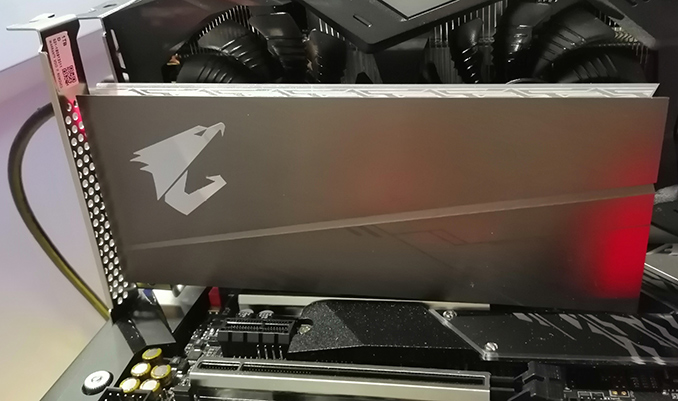
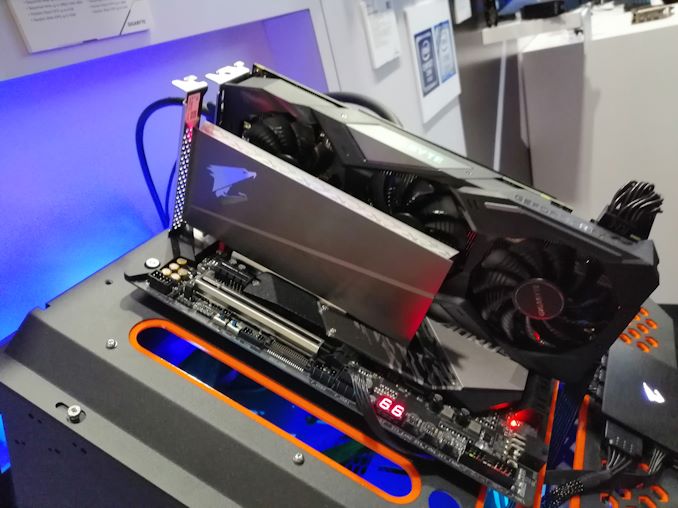
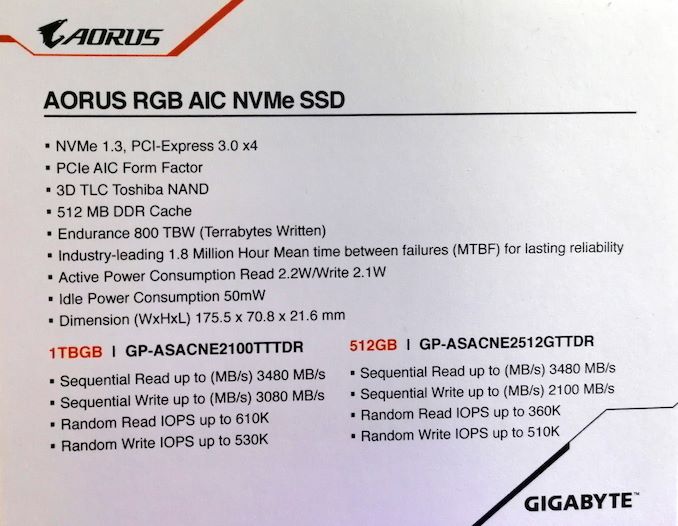
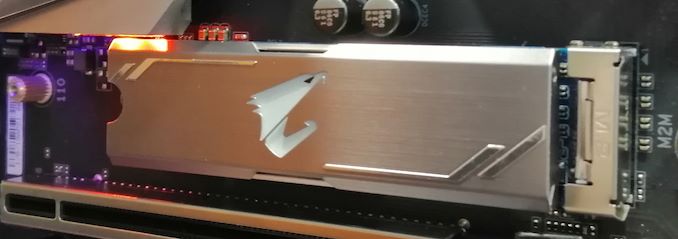
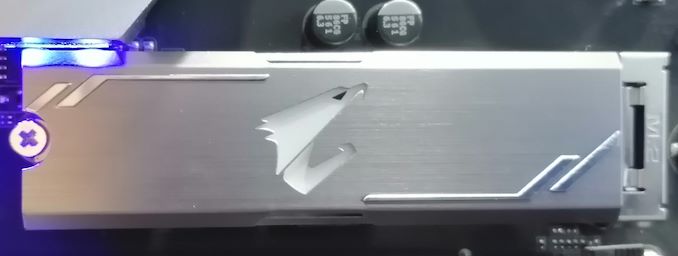
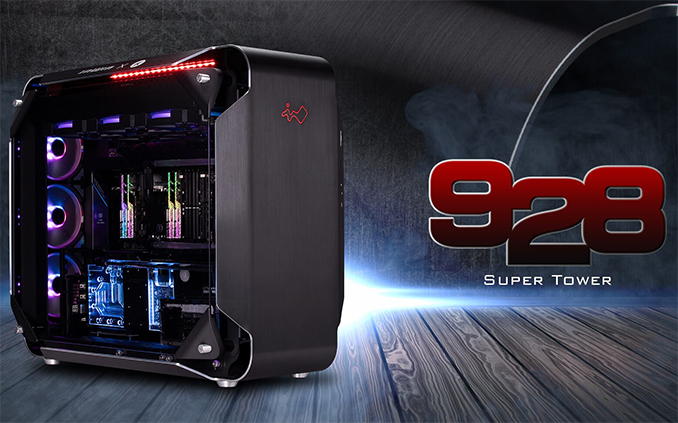
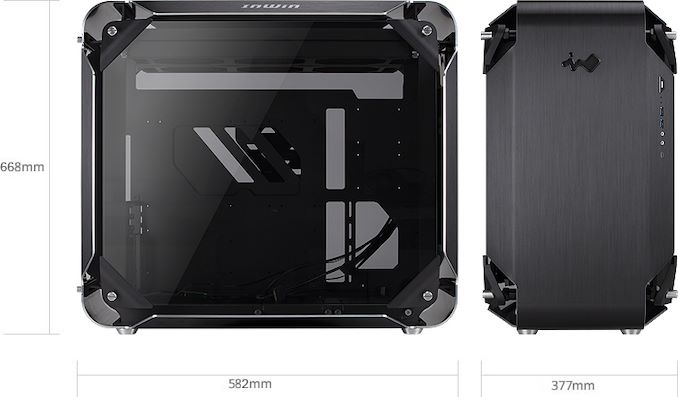
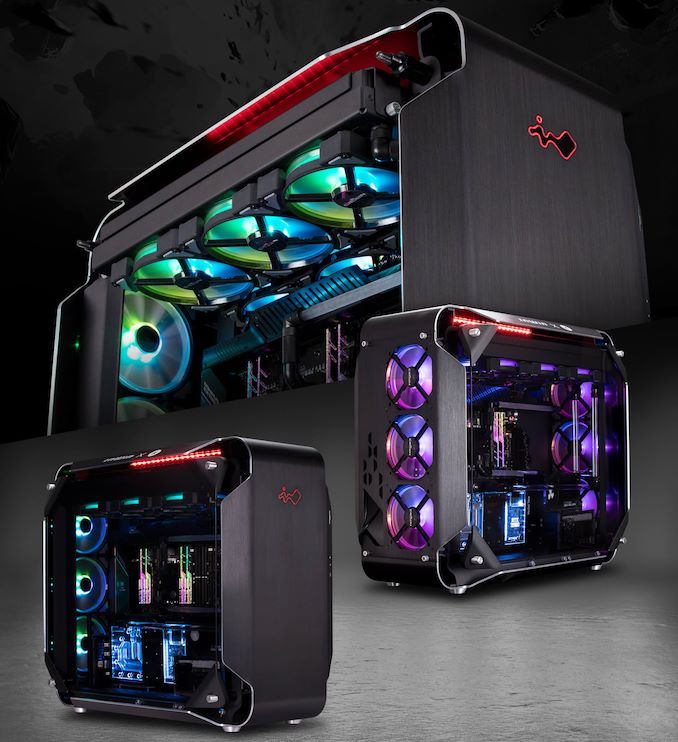
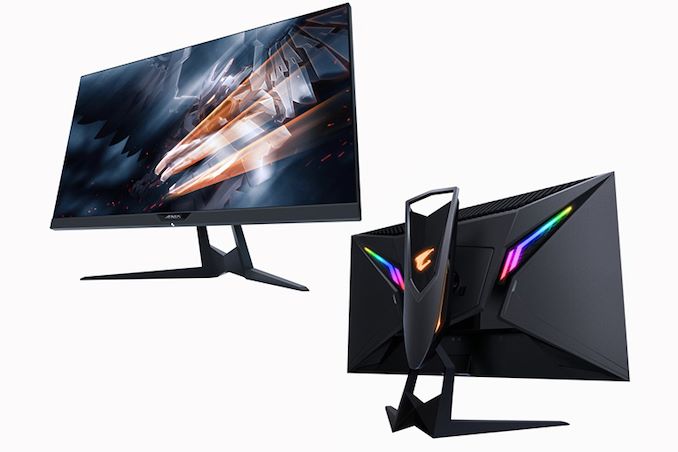
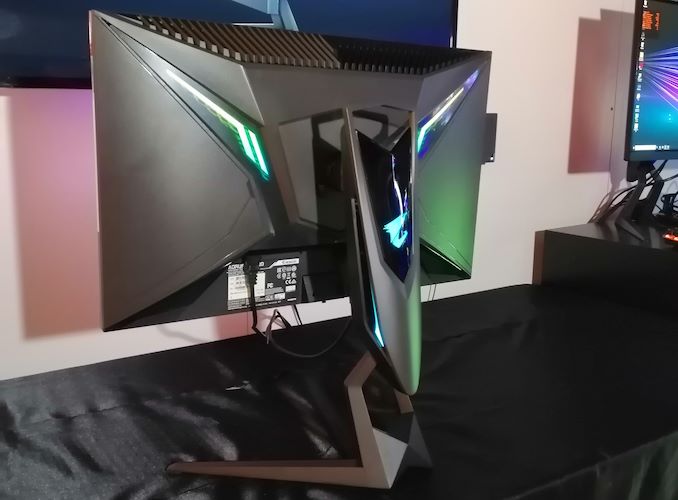

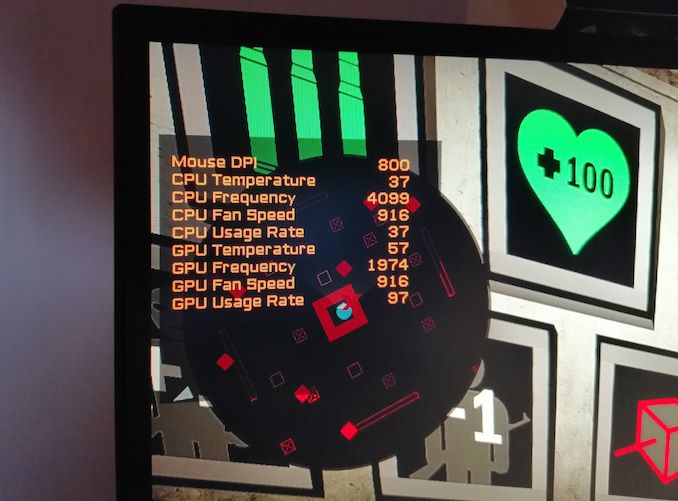
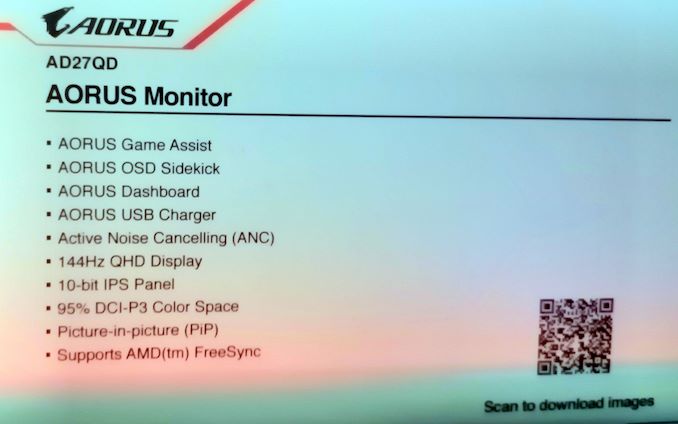
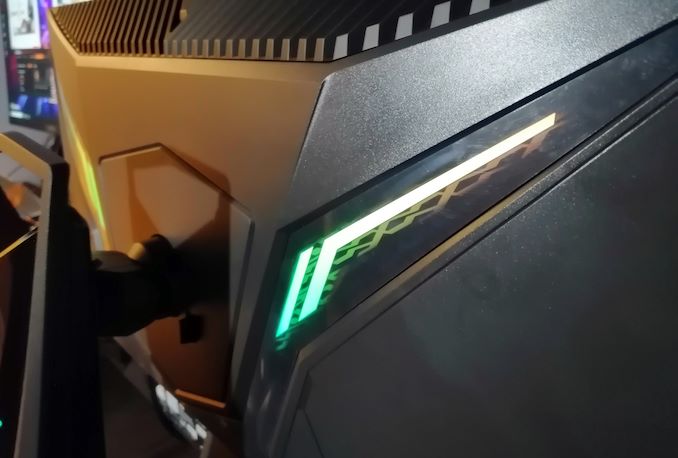

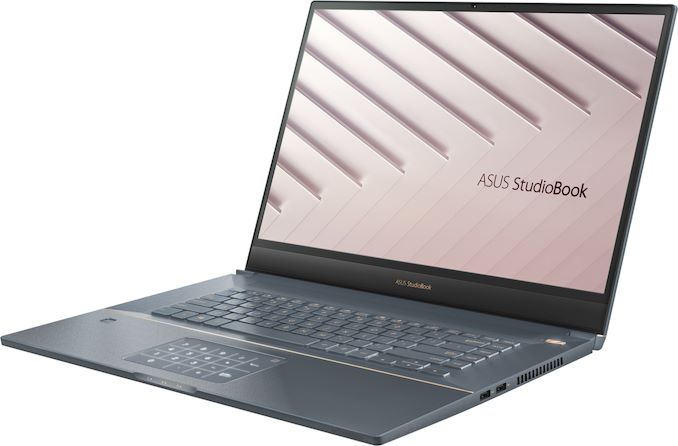

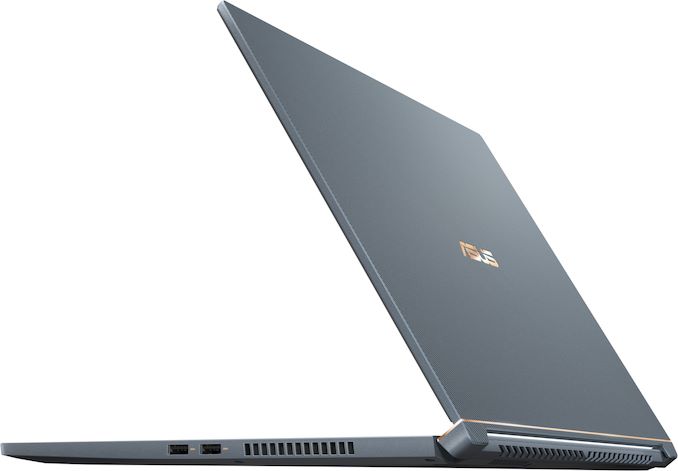
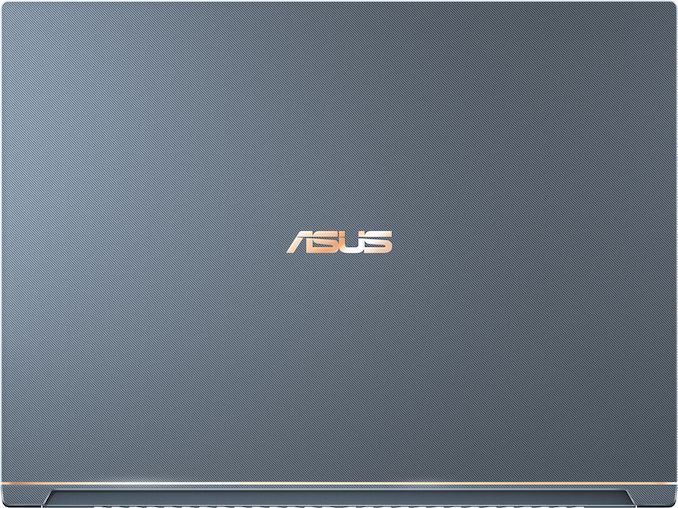
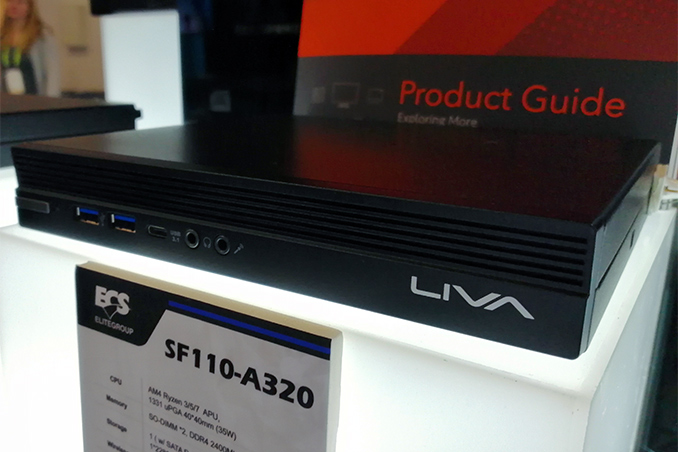

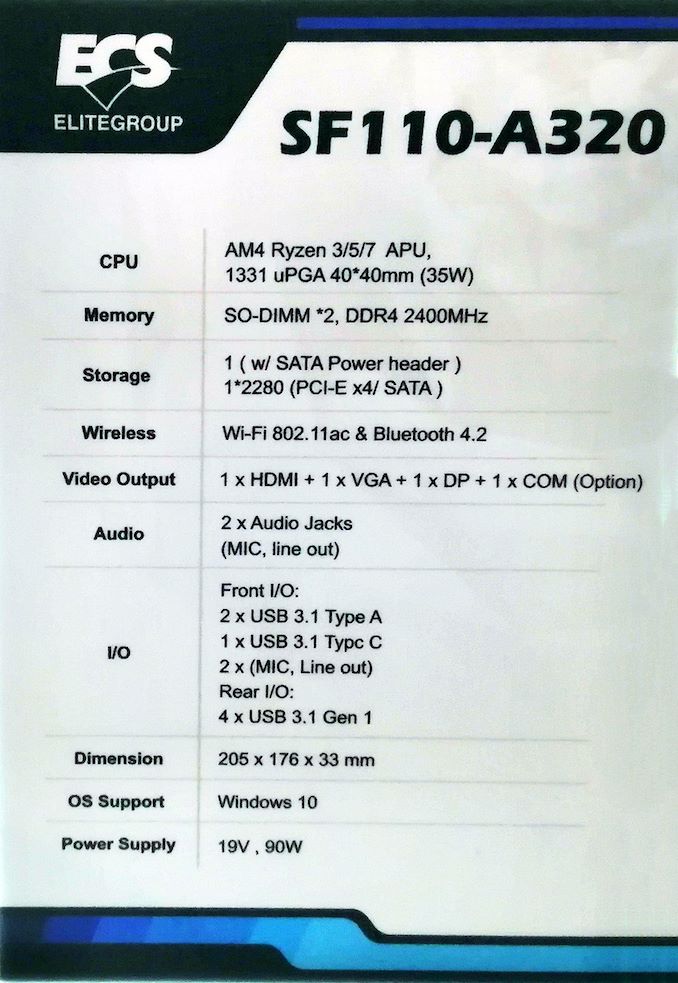
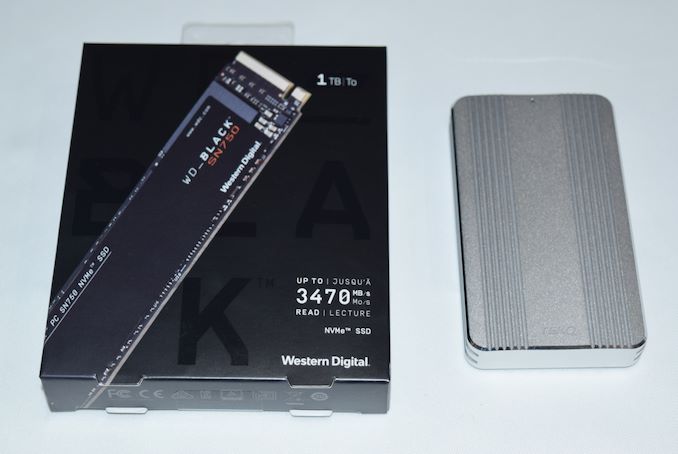
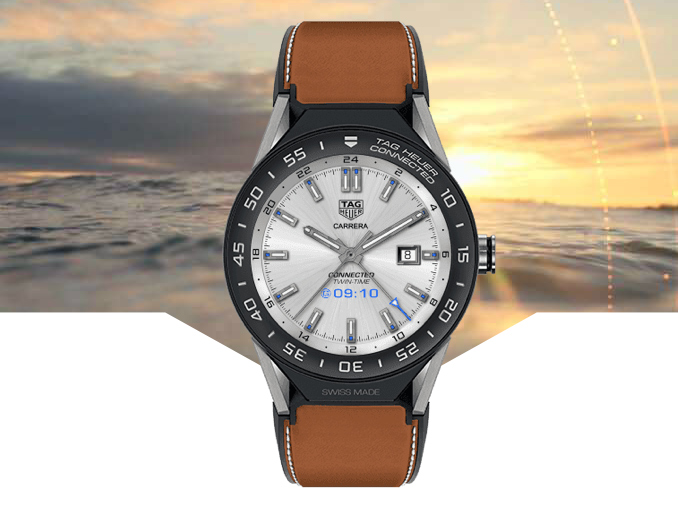
















Bookmarks